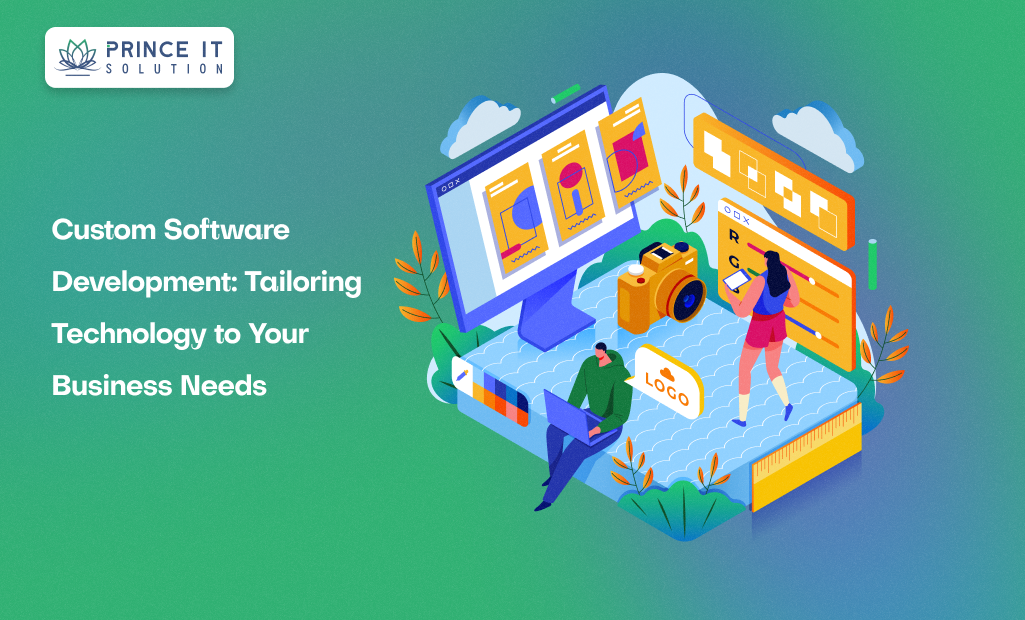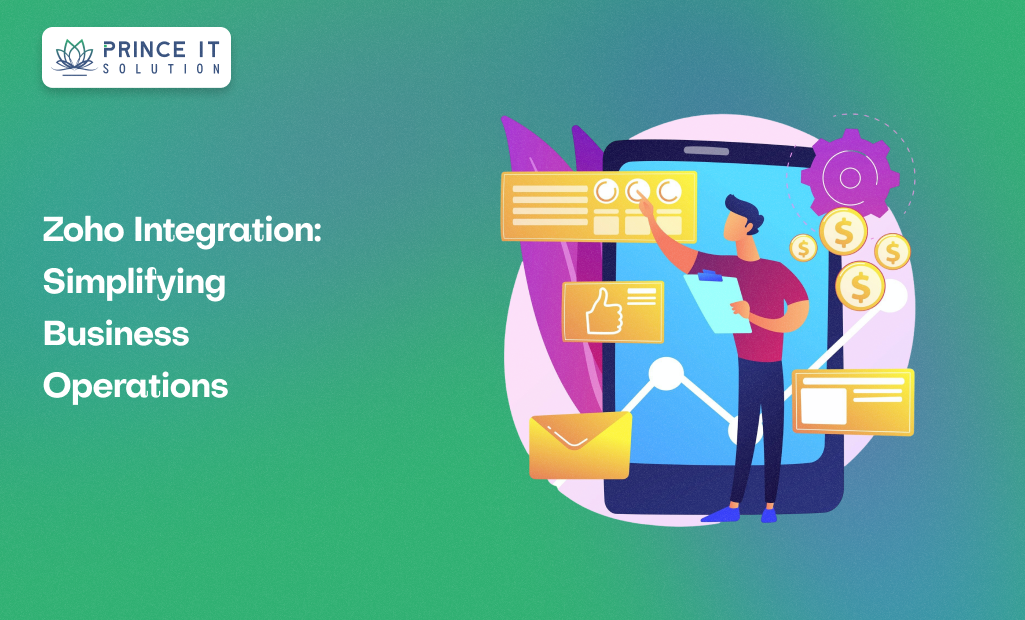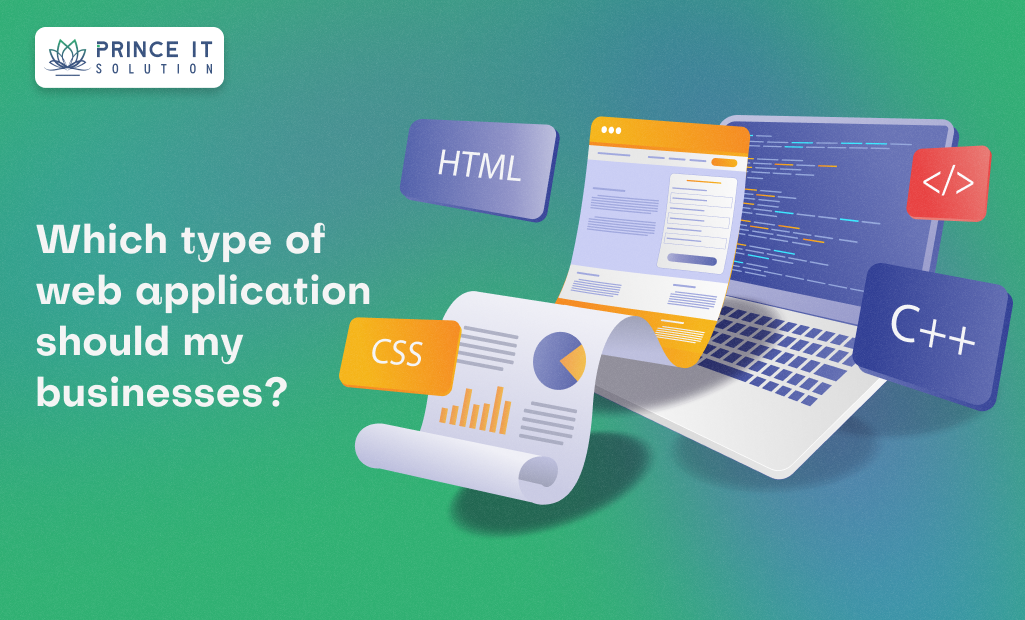Introduction
Every business is unique. While off-the-shelf software can cover common requirements, it often fails to address specific workflows, industry nuances, or scaling needs. This is where custom software development comes in, a process of designing, developing, and deploying software that is tailor-made for your business objectives.
In today’s competitive digital world, custom software is not just about “building an app.” It’s about creating solutions that align with business processes, enhance efficiency, and unlock long-term growth.
1. What is Custom Software Development?
Custom software development refers to creating software solutions that are specifically designed to meet an organization’s unique requirements, rather than adapting to generic pre-packaged tools.
For example:
A retail chain might need a custom POS system integrated with its inventory and CRM.
A hospital may require custom patient management software with complies with healthcare regulations.
A logistics company could benefit from a custom fleet tracking system.
2. Key Features of Custom Software
Tailored Functionality – Built to fit unique workflows.
Scalability – Designed to grow with business expansion.
Integration Capabilities – Works seamlessly with existing systems.
Enhanced Security – Stronger protection customized to industry standards.
User-Centric Design – Created with the target users’ needs in mind.
3. Advantages of Custom Software
Personalization: Aligns perfectly with your business processes.
Cost Efficiency (Long-Term): Higher initial cost, but saves money on licensing fees and inefficiencies.
Competitive Advantage: Gives your business unique tools competitors may not have.
Better Security: Tailored safeguards against threats targeting your industry.
Flexibility: Easily adaptable as your business evolves.
4. Custom Software Development Process
Requirement Analysis: Understand business goals, workflows, and pain points.
Planning & Design: Wireframes, architecture, and UX design.
Development: Coding using chosen technologies.
Testing & QA: Ensure functionality, performance, and security.
Deployment: Release to the intended environment (cloud/on-premise).
Maintenance & Support: Continuous improvements, updates, and bug fixes.
5. Technologies Used in Custom Software Development
Languages: Java, Python, C#, PHP, JavaScript.
Frameworks: .NET, Django, Spring Boot, Node.js.
Databases: MySQL, PostgreSQL, MongoDB, Oracle.
Cloud Services: AWS, Azure, Google Cloud.
Front-End Tools: React, Angular, Vue.js.
6. When Should a Business Choose Custom Software?
When existing software does not fit specific needs.
When scalability is essential for future growth.
When integration with multiple platforms is required.
When security and compliance are top priorities.
When businesses want a competitive digital edge.
7. Challenges in Custom Software Development
Higher Initial Cost: More expensive upfront than pre-built tools.
Longer Development Time: Custom solutions take months to build.
Complex Maintenance: Requires dedicated support.
Choosing the Right Partner: Success depends on selecting the right development company.
8. The Future of Custom Software
Custom software is evolving with:
AI & Machine Learning Integration – Predictive analytics, automation, and personalization.
IoT-Enabled Software – Connecting devices for industries like logistics and healthcare.
Blockchain Solutions – Enhancing security, transparency, and traceability.
Low-Code/No-Code Development – Faster delivery with less coding effort.
Cloud-Native Custom Applications – Designed for scalability and flexibility.
Conclusion
Custom software development empowers businesses to solve unique challenges, boost efficiency, and stand out in the digital marketplace. While off-the-shelf solutions may provide quick fixes, they cannot match the long-term value of tailored applications.
With the right strategy and technology partner, custom software becomes a powerful asset that grows with your business, enhances user experience, and ensures future readiness.



